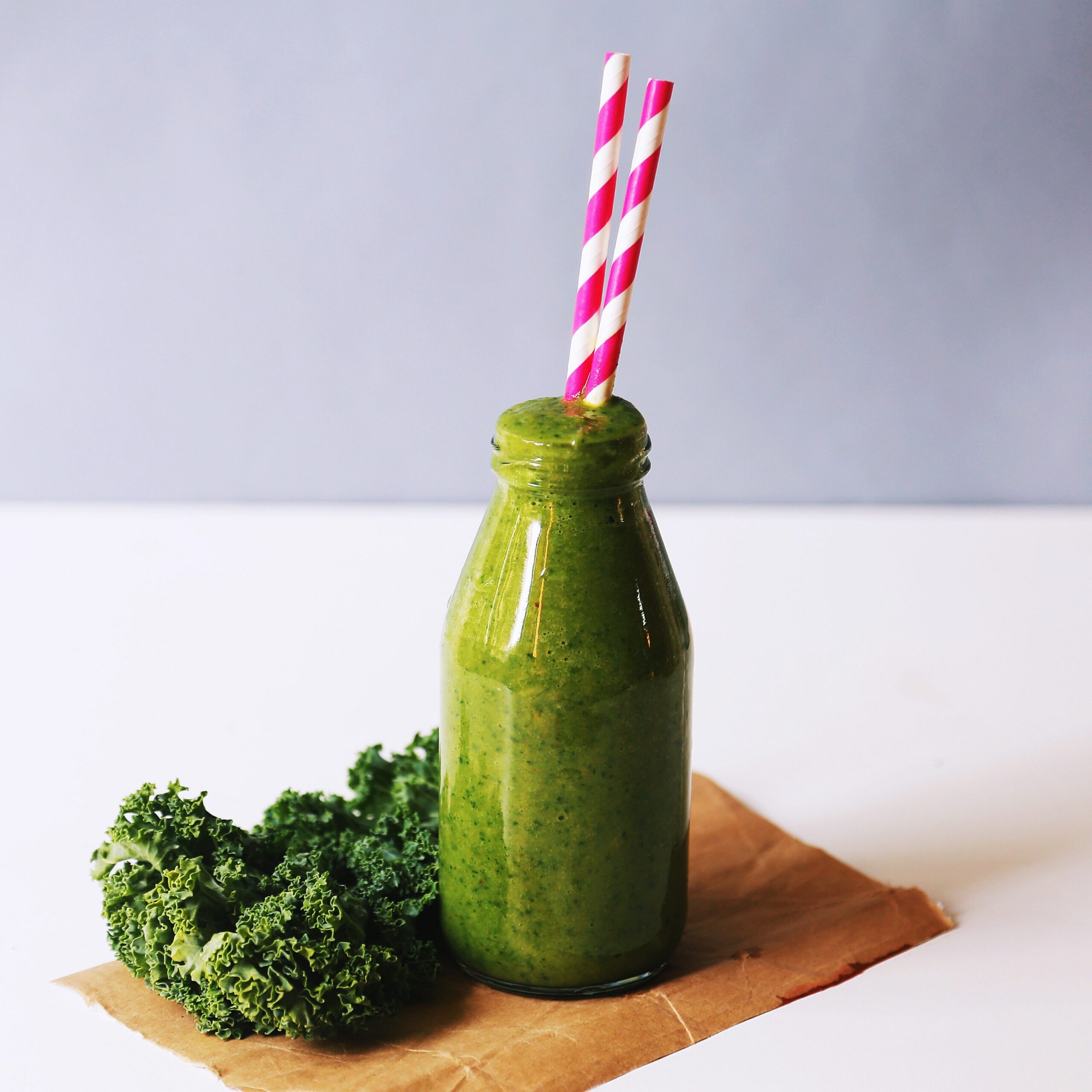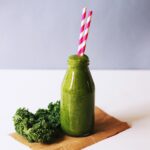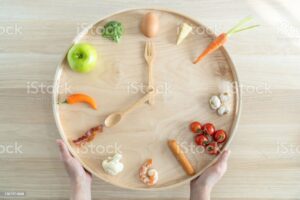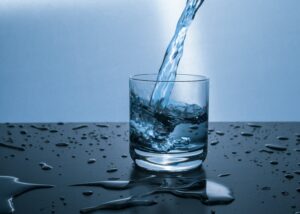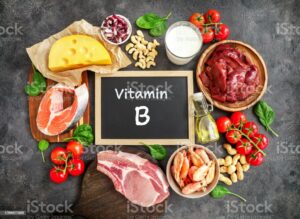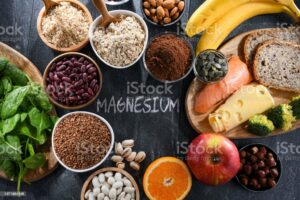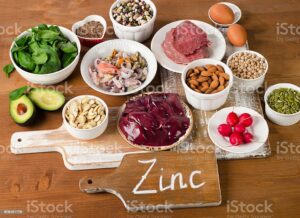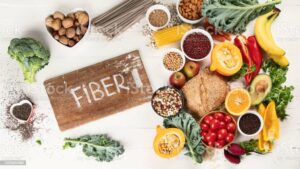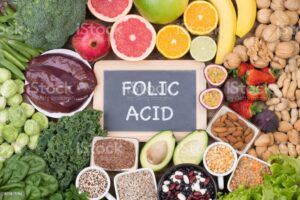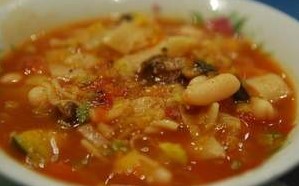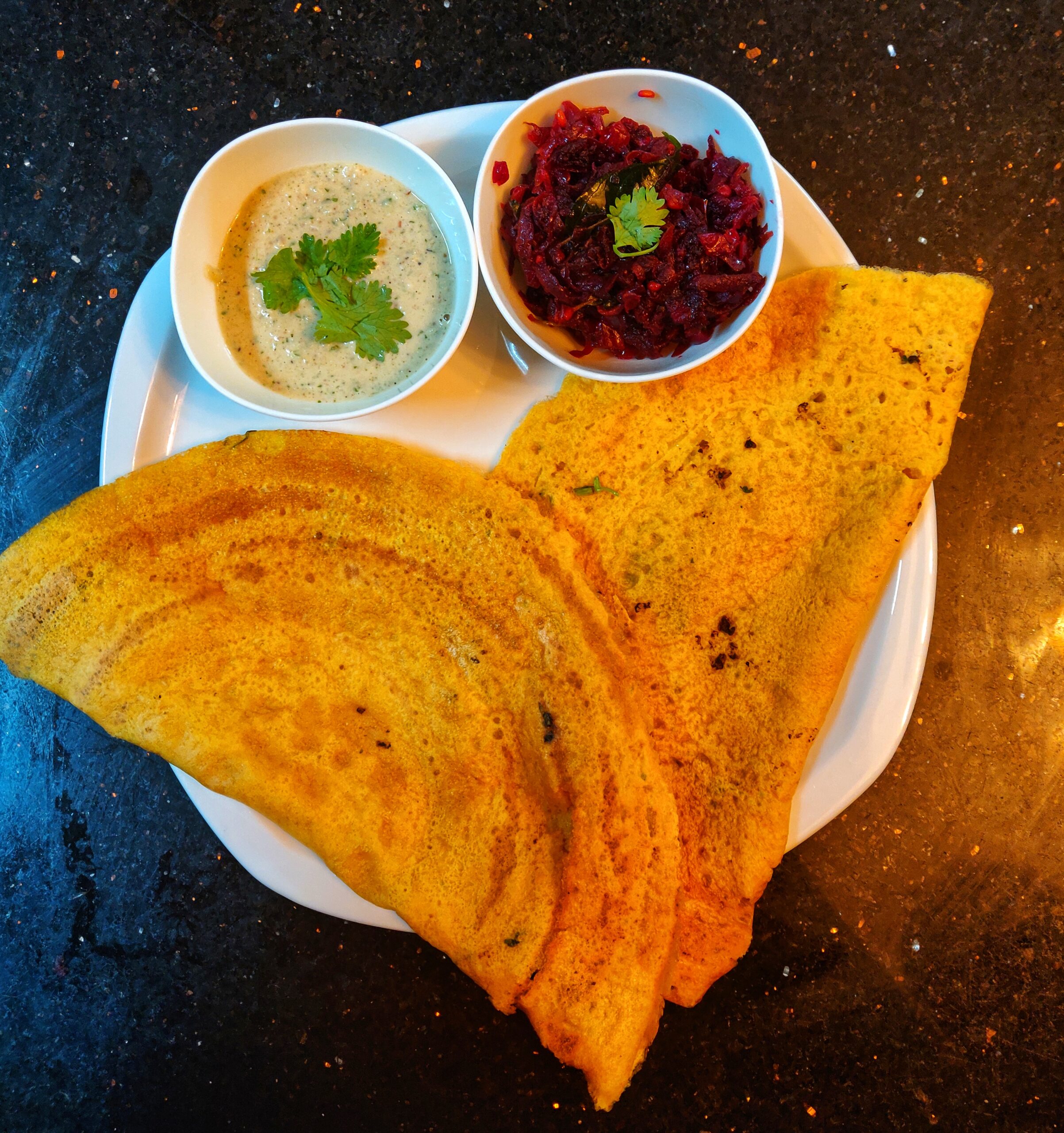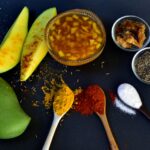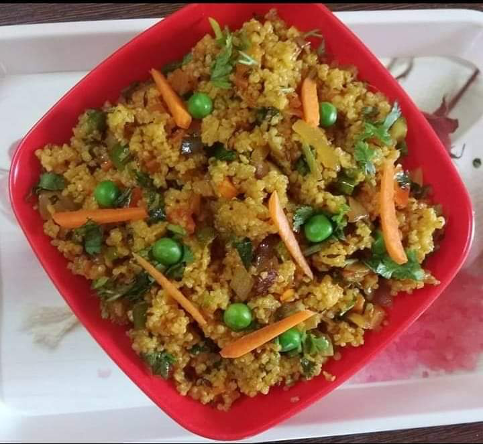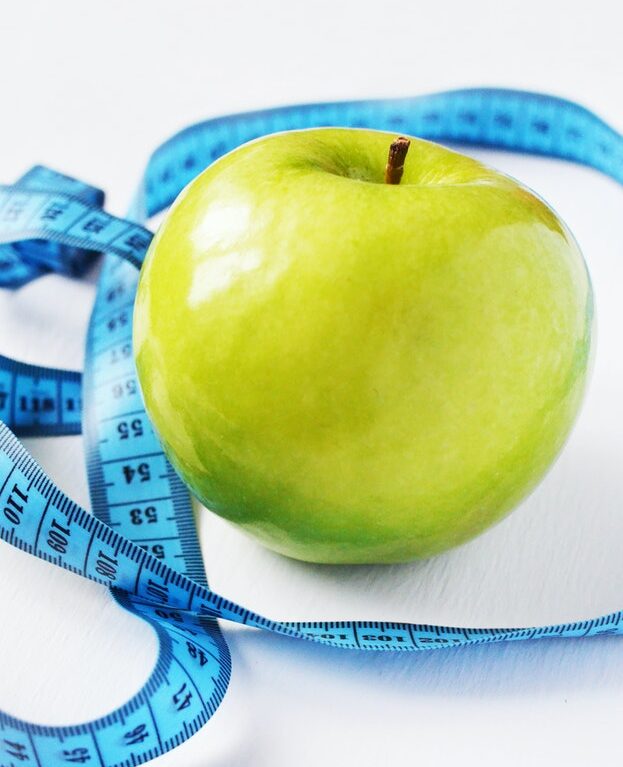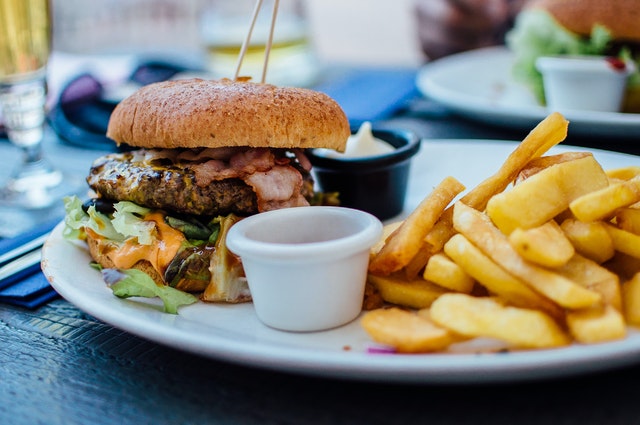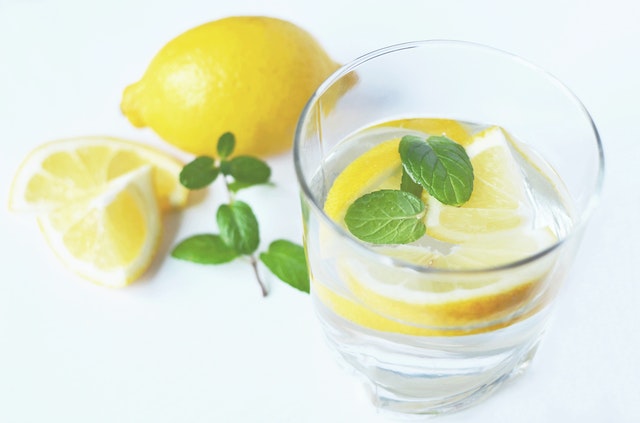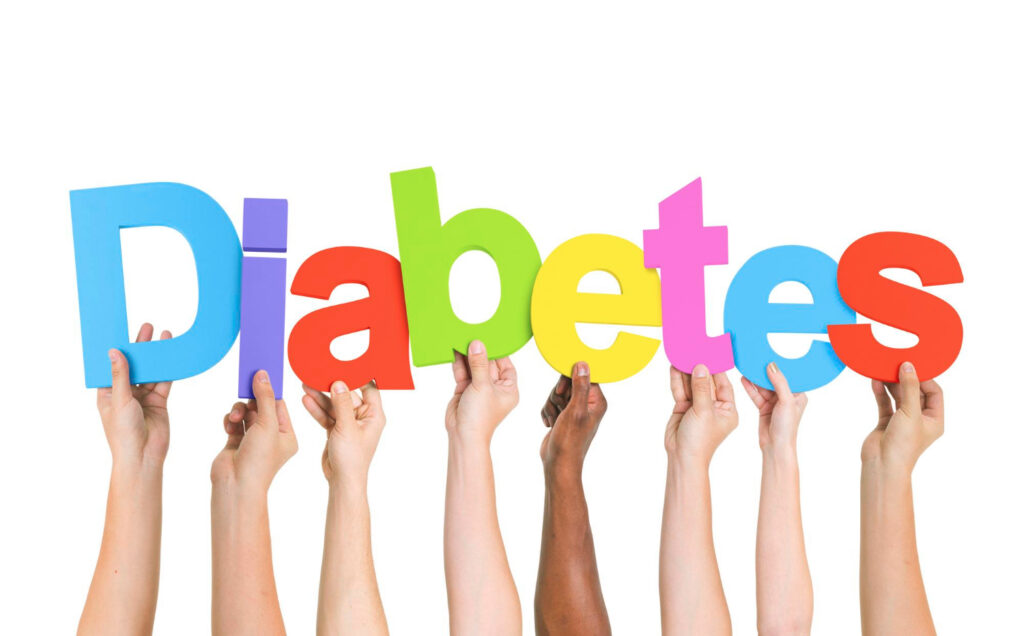
Diabetes is a chronic condition affecting millions of people worldwide. While medication and lifestyle modifications play a crucial role in managing the disease, emerging research suggests that adopting a plant-based diet can offer significant benefits to individuals with diabetes. In this blog, we will explore the relationship between a plant-based diet and diabetes management, backed by scientific evidence.
Understanding Diabetes
Diabetes is a metabolic disorder where high blood sugar levels results from either insufficient insulin production (Type 1 diabetes) or the body’s inability to use insulin effectively (Type 2 diabetes).Both types of diabetes can lead to serious health complications if not properly managed.

The Plant-Based Diet
A plant-based diet centers around consuming whole, minimally processed foods derived from plants such as fruits, vegetables, legumes, whole grains, nuts, and seeds. This dietary approach encourages the exclusion or minimal intake of animal products like meat, dairy, and eggs.

Benefits of a Plant-Based Diet for Diabetes Management:
Improved Insulin Sensitivity in Diabetes by plant based diet:
A study published in the journal Nutrients in 2017 explored the impact of a plant-based diet on insulin sensitivity in individuals with Type 2 diabetes. The results showed that participants who followed a plant-based diet experienced significant improvements in insulin sensitivity . The higher intake of dietary fiber, antioxidants, and phytochemicals found in plant-based foods contributes to this improvement. These components contribute to reducing inflammation, improving cell function, and optimizing insulin action, leading to better blood sugar control.
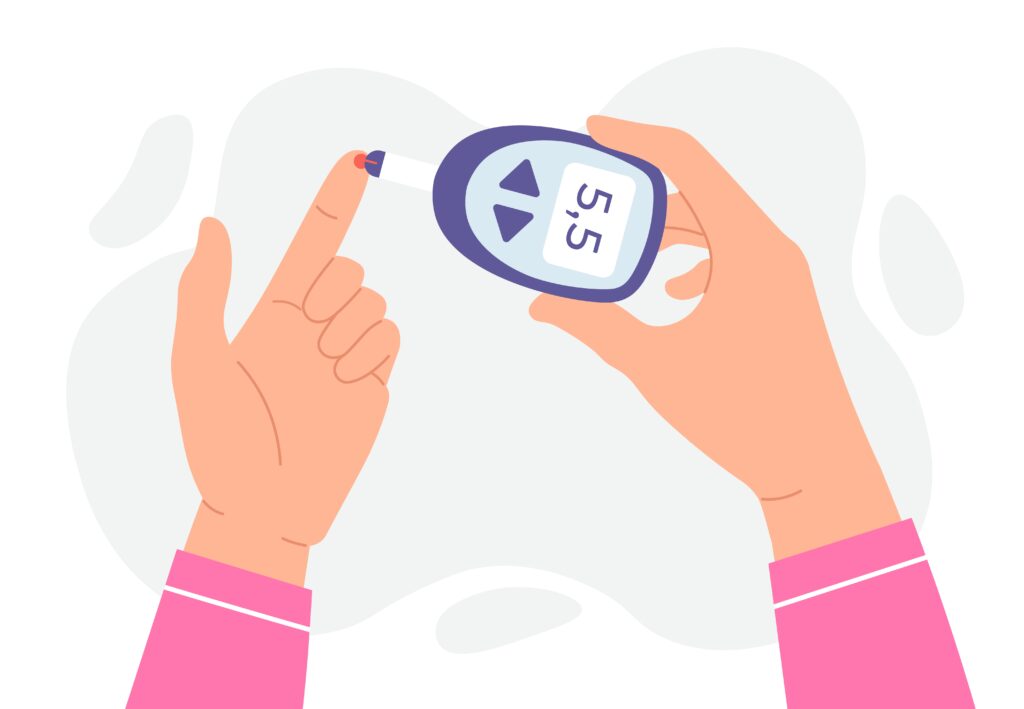
Weight Management:
A 2018 systematic review and meta-analysis published in the journal Nutrients examined how plant-based diets affect body weight and composition. The study found that people who followed plant-based diets had lower body mass indexes (BMIs) and lower rates of obesity compared to those who followed non-plant-based diets. Plant-based foods are high in fiber, which helps increase feelings of fullness and reduce calorie intake, supporting weight loss and management.
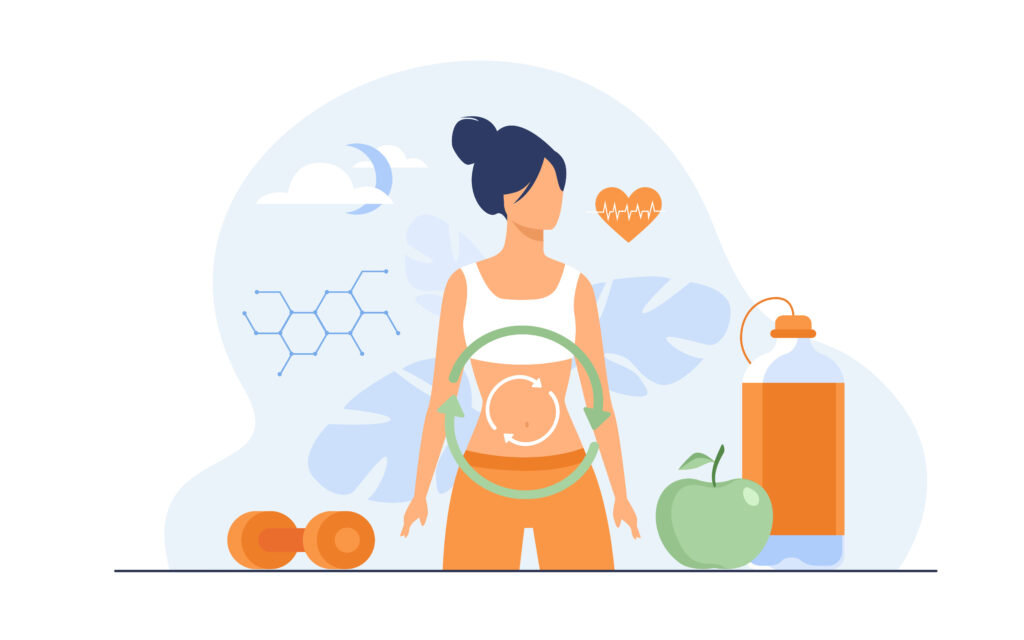
Cardiovascular Health:
Diabetes increases the risk of heart disease and stroke. The emphasis on whole grains, fruits, vegetables, and healthy fats from sources like avocados and nuts in a plant-based diet contributes to improved cardiovascular health. A 2019 study published in the Journal of the American Heart Association examined data from multiple studies and revealed that plant-based diets were linked to lower levels of total cholesterol, LDL cholesterol, and blood pressure. The study concluded that adopting a plant-based diet can have significant cardiovascular benefits.

Glycemic Control:
The glycemic index (GI) ranks foods based on their potential to raise blood sugar levels. Moreover, plant-based diets rich in low-GI foods, such as legumes, whole grains, and non-starchy vegetables, actively stabilize blood sugar levels and prevent sudden spikes. This steadier control of blood glucose is crucial for individuals with diabetes to manage their condition effectively.
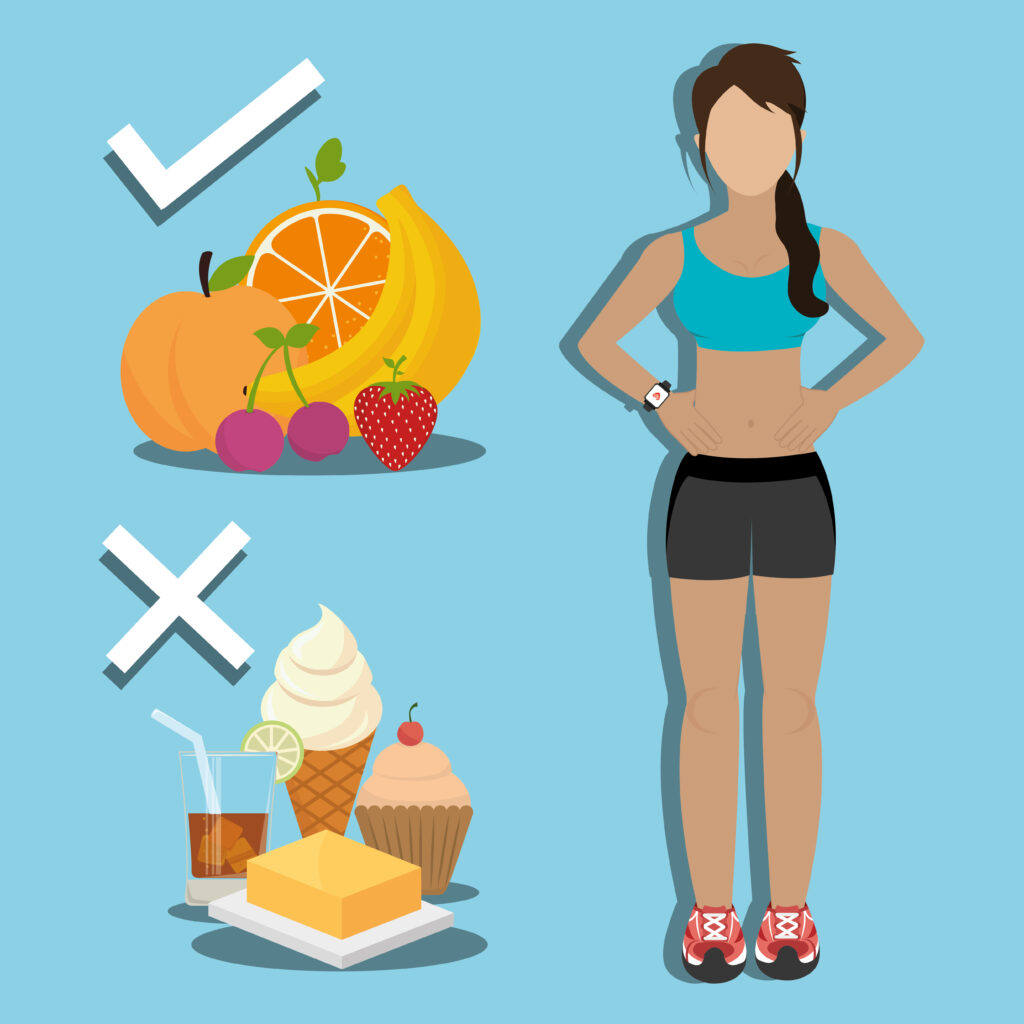
Nutrient Density:
A study published in the Journal of the American College of Nutrition in 2015 examined the nutrient profiles of different dietary patterns, including a plant-based diet. A well-planned plant-based diet can provide all the necessary nutrients, including complex carbohydrates, proteins, healthy fats, vitamins, minerals, and antioxidants. By choosing a variety of plant-based foods, one can meet nutritional needs while reducing the intake of harmful substances like saturated fats and cholesterol found in animal products. This nutrient-rich approach can support overall health and well-being, aiding in diabetes management.

Conclusion:
Scientific evidence from various studies supports the potential benefits of a plant-based diet for individuals with diabetes. Adopting a plant-based lifestyle offers several advantages, including improved insulin sensitivity, weight management, cardiovascular health, glycemic control, and nutrient density. However, it’s better to consult a healthcare professional or registered dietitian to customize the plant-based diet. This ensures a balanced approach to managing diabetes. By embracing a plant-based diet, individuals with diabetes can take control of their health and work towards long-term well-being.


